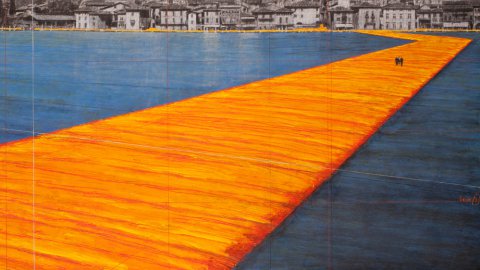Aurora is a Latin word that means ”sunrise.”
Aurora is one of the nature’s beautiful and ”mysterious”phenomena.
In Northern latitudes the effect is known as Aurora borealis or the northern lights name comes from the Roman goddess of dawn Aurora and the Greek name for the north wind, Boreas; While in the southern latitudes the effect is known as Aurora australis (Southern lights).
Aurora is a result of an interaction between the sun and earth. Solar wind, magnetic fields, electrical currents, atmosphere, all these together creates an amazing sight.
People even travel to see this fascinating light show of the earth.
“Solar winds stream away from the sun at speeds of about one million miles per hour. When they reach the earth some 40 hours after leaving the sun, they followed the lines of magnetic force generated by the earth’s core and flow through the magnetosphere – a tear-dropped shaped area of highly charged electrical and magnetic fields. As the electrons enter the earth’s upper atmosphere, they encounter atoms of oxygen and nitrogen at altitudes from 20-200 miles above the earth’s surface.
The colour of the aurora depends on which atom is struck and the altitude of the meeting.
– Green auroras mean that an oxygen atom up to 150 miles in altitude has been hit by an electron
– Red auroras mean that an oxygen atom above 150 miles in altitude has been struck
– A blue aurora means that a nitrogen atom up to 60 miles in altitude has been struck
– And a purple or violet aurora means that a nitrogen atom above 60 miles in altitude has been struck” explains Marshall Brain.
So, now on seeing Aurora you can guess why its light is red, blue, green or purple and so, calculate how far in the atmosphere particles are being affected.













